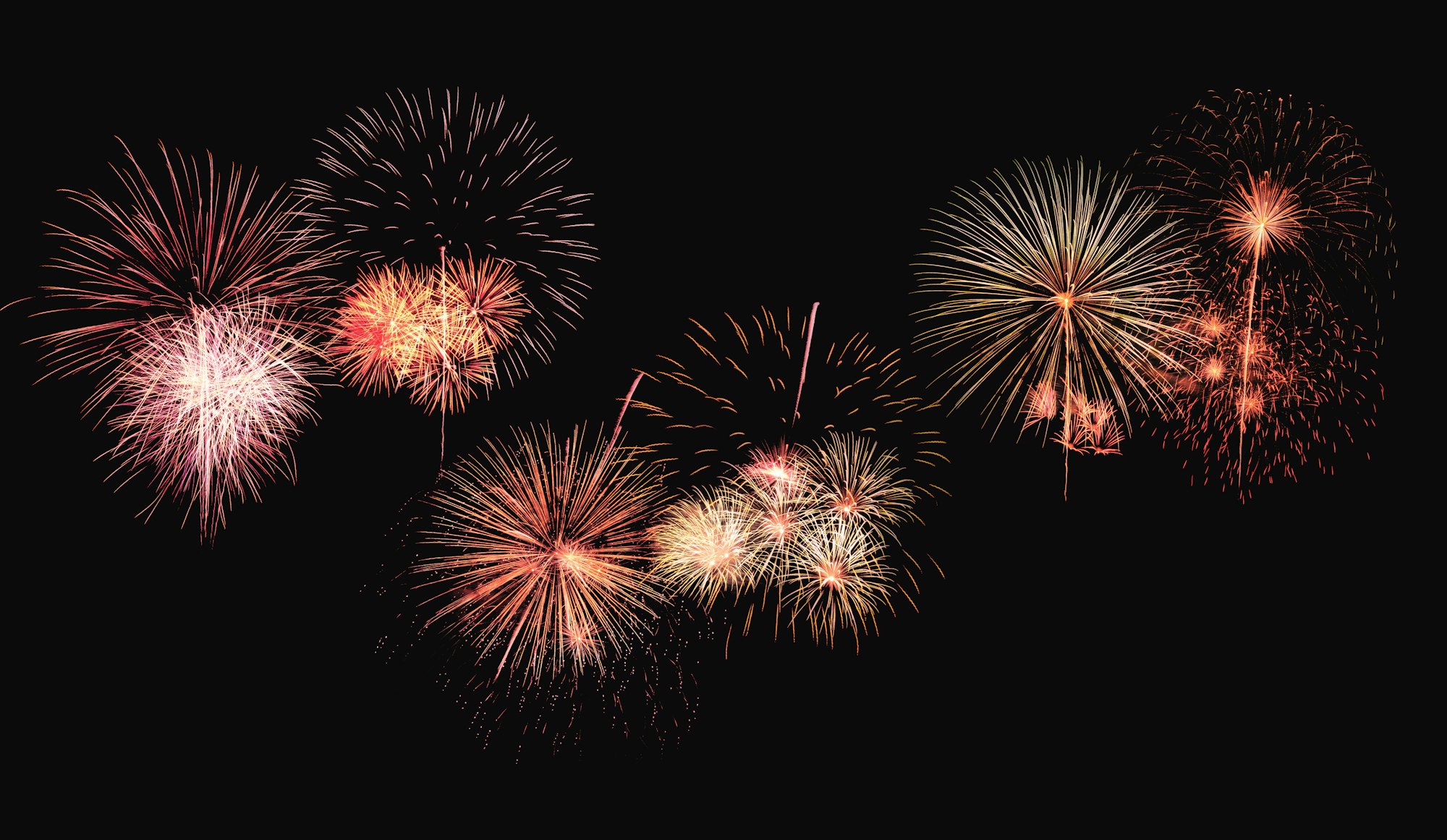Cai Guo-Qiang, a celebrated Chinese artist renowned for his spectacular “explosion” art, is pushing the envelope further by integrating artificial intelligence (AI) into his work. Unlike traditional paintings or sculptures, Cai utilizes fireworks, gunpowder, and controlled explosions to craft powerful visual experiences that resonate deeply. His newest venture, “We Are Explosions,” merges human artistic flair with AI, testing the limits of how technology can enhance and transform artistic expression.
In this post, we will explore the intricacies of Cai’s distinct artistic method, his AI-driven initiative, and the profound questions arising from the intersection of art and AI. A Q&A section is also included at the end to clarify any complex points.

The Enchantment of Cai Guo-Qiang’s Explosive Art
Cai Guo-Qiang has gained international acclaim for incorporating explosive elements in his artwork. By igniting controlled explosions, he produces breathtaking visuals that represent not only destruction but also creation. His artworks leave behind impactful imprints and patterns that convey deeper messages about environmental, social, and cultural issues.
Often staged in public venues, his explosive performances offer more than visual allure; they provide a communal experience that prompts viewers to ponder the underlying messages together.
AI Joins the Artistic Journey
In “We Are Explosions,” Cai elevates his art with the aid of AI. Rather than solely relying on intuition, he employs AI to direct aspects of the creative process, such as the choice of colors, patterns, and the timing of explosions. This integration leads to intriguing questions: Can AI contribute to the creation of art? Does it comprehend the complexities and emotional depths of explosive art?
For Cai, AI is more than a mere tool; it actively participates in crafting the artwork. This collaboration challenges conventional views about the role of artists in an era increasingly dominated by technology.
AI’s Role in Enhancing Explosive Art
AI excels in processing vast amounts of data swiftly. In Cai’s practice, it analyzes his previous works and his typical artistic decisions to propose novel ideas for patterns, hues, and methods—ideas Cai might not consider independently.
Rather than supplanting Cai, AI serves as a co-creator, pushing the boundaries of what explosive art can achieve. This demonstrates that AI does not detract from human creativity; instead, it enriches it, enabling artists to explore new realms of artistic expression.
Deep Dive: Art, AI, and the Nature of Creativity
Cai’s incorporation of AI prompts a significant question: What is AI’s role in creativity? Traditionally, art is viewed as a deeply human endeavor, intertwined with emotions, personal experiences, and self-expression. However, when AI participates, does the art still reflect human intentions, or does it morph into something machine-generated?
In this scenario, although AI influences the creation process, Cai continues to guide the overall artistic vision. The final artwork still embodies his creative objectives, suggesting that despite AI’s growing influence, the human element remains indispensable in art.
Looking Ahead: The Intersection of Art and AI
As AI technology advances, its influence within the art world is set to expand. Cai Guo-Qiang stands at the forefront, showcasing how AI can significantly enhance artistic innovation. Future advancements in AI may unlock new artistic expressions currently beyond our imagination.
Nevertheless, the integration of AI in art raises complex questions regarding ownership and valuation of AI-assisted artworks. These challenges necessitate thoughtful consideration from artists, collectors, and the public as AI continues to redefine the boundaries of creativity.
In conclusion, Cai Guo-Qiang’s innovative fusion of explosive art and AI illustrates that technology can amplify human creativity, opening up new avenues for artistic exploration while also presenting novel challenges that need to be addressed.

FAQs: Understanding Cai Guo-Qiang’s New AI-Driven Explosive Art
Q1: How does Cai Guo-Qiang use AI in his explosive art?
A: In Cai’s latest project, “We Are Explosions,” AI is used to guide certain elements of the creative process. The AI analyzes Cai’s previous works and offers suggestions on colors, patterns, and timing for the explosions. While the AI contributes ideas, Cai still makes the final decisions, ensuring that his artistic vision remains central.
Q2: Does AI replace Cai’s role as the artist?
A: No, AI does not replace Cai’s role as the artist. Instead, it serves as a collaborator, assisting him in exploring new creative possibilities. Cai continues to direct the overall artistic process, with AI acting as a tool to enhance and expand the potential of his explosive art.
Q3: What challenges does AI bring to the art world?
A: The rise of AI in art introduces challenges like determining the ownership of AI-assisted artworks and assessing their value. As AI becomes more integrated into the creative process, artists, collectors, and the public will need to address these important issues, particularly around intellectual property and the role of human intent in art created with AI’s help.
Sources The Guardian


